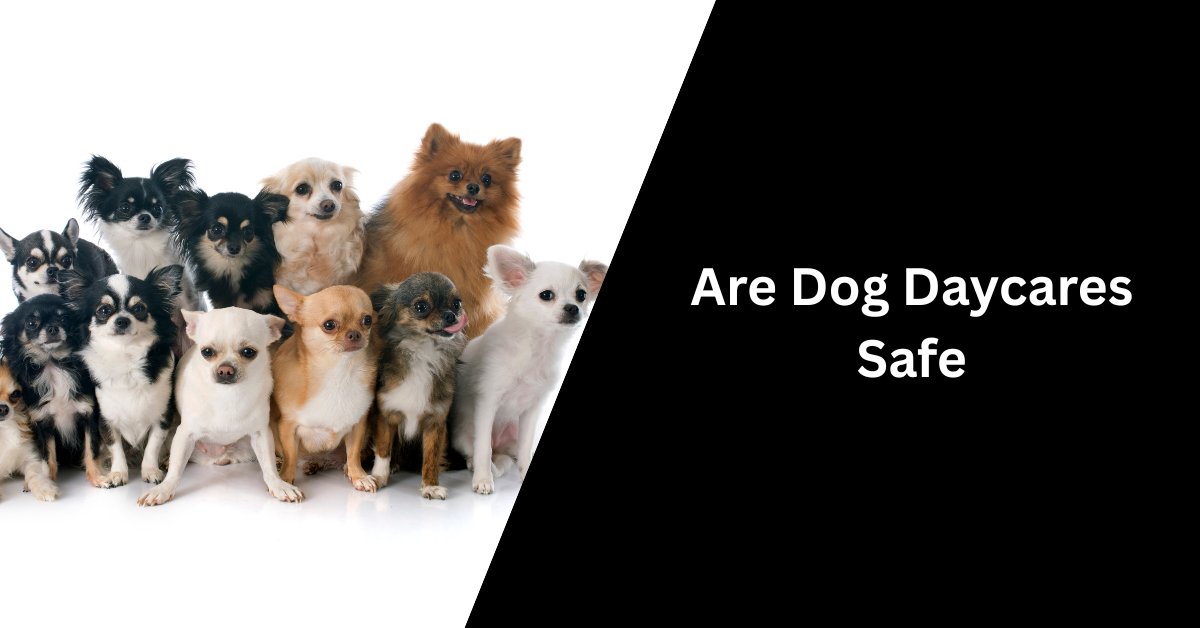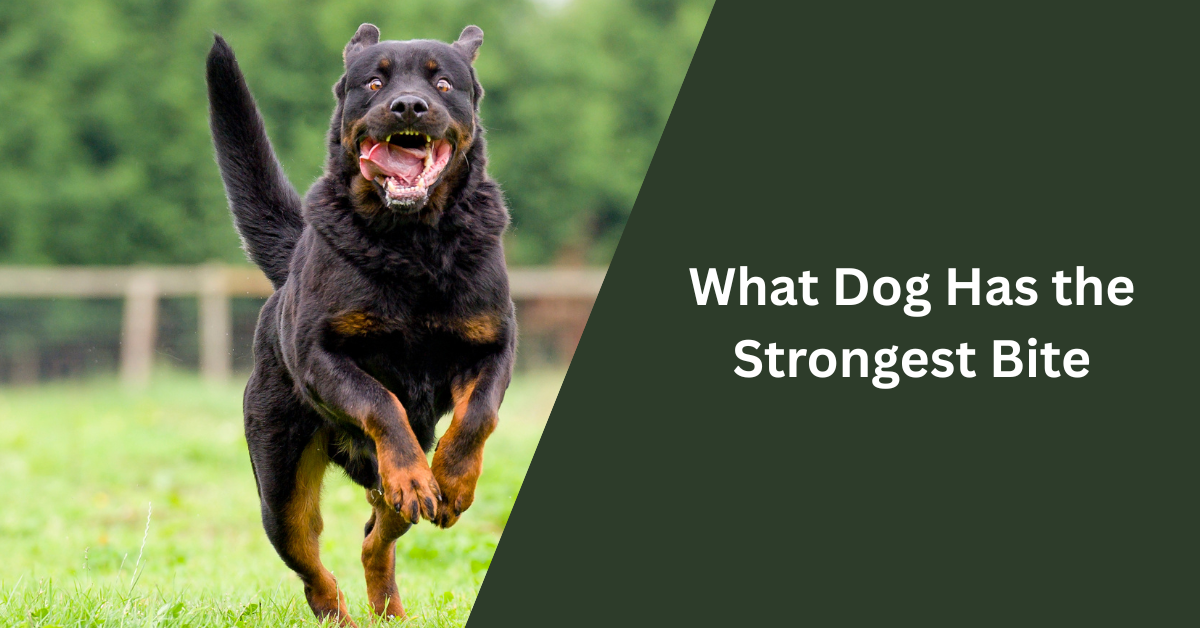Dog daycares can be a safe option for many pets, but safety largely depends on the facility’s standards and protocols. Proper supervision, clean environments, and structured play are key factors in ensuring dogs remain healthy and happy.
When dog daycares follow strict hygiene practices and have trained staff, they can provide a secure setting that helps dogs socialize and exercise without undue risk. However, not all daycares operate at the same level, so choosing the right one is crucial.
Owners should consider factors like staff qualifications, facility cleanliness, and how well the daycare manages dog interactions. Understanding these elements helps determine whether a particular dog daycare is safe for a specific pet.
Understanding Dog Daycare Safety
Dog daycare safety involves clear criteria, consistent standards, and formal recognition. Safety depends on how daycares manage dog behavior, supervise play, and maintain facilities. Licensing and accreditation also indicate a higher commitment to these safety measures.
What Defines a Safe Dog Daycare
A safe dog daycare has proper staff-to-dog ratios and trained employees who understand canine behavior. Staff should be able to identify signs of stress or aggression quickly to prevent incidents. Play areas need to be secure with no escape routes.
Separation of dogs by size and temperament reduces risks during interactions. Cleanliness is essential to prevent illness. Additionally, daycares must have emergency protocols and access to veterinary care if needed.
Common Safety Standards
Daycares often follow guidelines including daily health checks, vaccination requirements, and injury prevention protocols. Regular cleaning schedules and sanitized equipment are standard. Staff must receive ongoing training on dog behavior and emergency response.
Physical safety includes safe fencing, non-toxic surfaces, and hazard-free environments. Communication with pet owners about health or behavioral issues is also a key safety component.
| Safety Standard | Description |
|---|---|
| Staff-to-dog ratio | Typically 1:10 or less to allow close supervision |
| Vaccination requirements | Up-to-date shots for distemper, rabies, parvo |
| Daily health checks | Screening for signs of illness before play |
| Emergency protocols | Plans for injuries or unexpected events |
Licensing and Accreditation
Licensing often involves compliance with local animal welfare laws and inspections. Accreditation by organizations like the International Boarding & Pet Services Association (IBPSA) signals added safety commitment.
Accredited daycares meet rigorous standards beyond legal requirements. This includes staff qualifications, facility quality, and documented safety procedures. Checking a daycare’s licenses and accreditations is a practical step in assessing safety levels.
Staff Training and Supervision
Proper training and careful supervision are critical for maintaining safety in dog daycares. The expertise of caregivers, the number of staff relative to dogs, and ongoing monitoring protocols all contribute to a secure environment.
Qualifications of Caregivers
Caregivers should have formal education or experience related to animal care. Many daycares require certifications in pet first aid and CPR.
Experience with dog behavior and handling is essential. Staff must recognize signs of stress or aggression to prevent incidents.
Continuing education is common. Frequent training sessions help caregivers stay updated on best practices and new safety standards.
Staff-to-Dog Ratios
Maintaining low staff-to-dog ratios reduces the risk of accidents. Ratios between 1:6 and 1:12 are typical, depending on dog size and temperament.
Smaller groups allow for more personalized attention. This helps staff intervene quickly if dogs show signs of conflict or distress.
High ratios can lead to missed warning signs. Responsible daycares adjust ratios based on daily group dynamics and dog needs.
Supervision Protocols
Continuous supervision is standard in professional daycares. Staff conduct regular head counts and behavioral assessments throughout the day.
Supervisors use both direct observation and surveillance cameras. Structured play sessions and rest periods are scheduled to prevent overstimulation.
Incident reports and immediate interventions are common practices. These protocols ensure prompt responses to any safety issues.
Facility Environment and Cleanliness
A dog daycare’s environment must maintain strict hygiene standards, ensure safe and efficient facility design, and provide secure indoor and outdoor spaces. These factors directly affect both the dogs’ health and their overall experience.
Sanitation Practices
Effective sanitation in dog daycares involves frequent cleaning of all surfaces and play areas. Staff typically use pet-safe disinfectants to eliminate bacteria, viruses, and parasites. Waste removal happens multiple times daily to prevent odors and contamination.
Cleaning protocols often include washing bedding, toys, and feeding tools regularly. Some facilities maintain written records of these practices to ensure consistency. Proper handwashing and use of gloves by staff further reduce the risk of disease transmission.
Facility Layout and Safety Features
The layout should separate dogs by size, temperament, or activity level to reduce conflicts. Clear sightlines allow staff to monitor all dogs at once. Non-slip floors and rounded corners minimize injury risks.
Gates and barriers must be secure and high enough to prevent escapes. Fire exits and emergency plans should be publicly available and regularly updated. Ventilation is key to controlling air quality and temperature.
Outdoor and Indoor Spaces
Outdoor areas must have secure fencing at least 6 feet high, with no gaps or climbable sections. Shade and water stations should be accessible to prevent overheating.
Indoor spaces need ample room for dogs to rest and move comfortably. Noise control measures, such as soundproofing, reduce stress. Both indoor and outdoor areas require soft, durable surfaces, like rubber mats or artificial turf, to protect paws and joints.
Health and Wellness Protocols
Dog daycares maintain strict health and wellness routines to protect all animals in their care. Policies include verifying vaccinations, conducting health checks, and putting in place measures to prevent the spread of illness.
Vaccination Requirements
Most dog daycares require dogs to be current on core vaccinations before attending. Core vaccines often include rabies, distemper, parvovirus, and adenovirus. Some also require bordetella (kennel cough) due to its contagious nature in group settings.
Daycares typically request proof of vaccination from a veterinarian. Vaccination records must be updated regularly to ensure ongoing protection.
Some facilities may require additional vaccinations based on local disease prevalence or the dog’s age and health status. Unvaccinated dogs or those with expired vaccines are usually not permitted to attend.
Health Screenings and Emergency Procedures
Daycares perform health screenings on arrival, checking for visible signs of illness like coughing, sneezing, vomiting, or lethargy. Dogs showing symptoms are often excluded to protect others.
Staff are trained to recognize health issues and respond to emergencies. Established protocols include immediate isolation of sick dogs and contacting pet owners or veterinarians.
Emergency plans include access to first aid supplies and nearby veterinary clinics. Some centers have staff certified in pet first aid and CPR.
Disease Prevention Measures
Daycares implement sanitation routines, cleaning surfaces and play areas daily with pet-safe disinfectants. Bedding, toys, and feeding bowls are cleaned and rotated regularly.
Facilities may have policies limiting contact between new arrivals and existing groups until health status is confirmed. Strict hand washing and glove use by staff help minimize cross-contamination risks.
Airflow and ventilation systems are maintained to reduce airborne pathogens. Many daycares schedule breaks between groups to allow for thorough cleaning and reduce disease transmission.
Dog Compatibility and Grouping Methods
Dog daycares use careful methods to ensure the safety and comfort of all dogs. They assess individual behavior, group dogs by physical and emotional traits, and closely monitor interactions during play.
Assessment Procedures
Daycare providers begin with a detailed evaluation of each dog’s behavior. They observe responses to new environments, other dogs, and people. This includes checking aggression levels, social skills, and anxiety signs.
Some facilities require introduction sessions or “meet and greets.” Staff note if a dog shows fear, overexcitement, or tolerance toward others. Medical history and previous social experiences are also reviewed.
The purpose is to identify dogs that might struggle in group settings or need special accommodations. Proper assessment reduces risks during daycare activities.
Grouping by Size and Temperament
Dogs are typically grouped based on size and temperament to minimize conflicts. Small breeds are kept separate from large breeds to avoid accidental injuries caused by size differences.
Temperament factors like energy level, play style, and social comfort guide further groupings. Calm dogs are placed with other calm dogs, while highly energetic dogs join active groups.
This structured grouping helps ensure dogs interact positively. It also allows staff to manage spaces better and customize supervision for each group.
Managing Playtime Dynamics
During play, staff constantly observe body language such as posture, growling, and play bows to gauge interaction quality. They intervene quickly if tension or aggression arises.
Play areas are designed to allow dogs space to escape or take breaks when overwhelmed. Rotating groups periodically prevents over-stimulation and boredom.
Clear rules, such as limiting rough play or restricting toys, help maintain order. Staff use positive reinforcement to encourage appropriate behavior and quickly separate dogs if needed.
Risk Factors and Potential Hazards
Dog daycares involve physical activity, social interaction, and containment, each with inherent challenges. Understanding specific hazards helps in evaluating the safety of these environments and in making informed decisions.
Injury Risks in Play Groups
Injuries can occur when dogs interact in playgroups, especially if there is a size or strength mismatch. Even well-supervised play may result in scratches, bites, or muscle strains. Daycares that group dogs by size and temperament reduce these risks.
Supervision quality is crucial. Staff trained to recognize early signs of tension prevent escalation into fights. Lack of vigilance increases the chance of unnoticed injuries worsening.
Environmental hazards like slippery floors or poorly maintained equipment also contribute. Proper facility upkeep and layout reduce accidental falls or collisions during play.
Behavioral Issues and Aggression
Aggression is a significant concern, particularly in groups with dogs prone to dominance or fear-based aggression. Not all dogs adjust well to the social environment, which can lead to tension.
Daycares using pre-screening and behavior assessments identify potentially aggressive dogs before enrollment. This practice helps minimize conflict by excluding or managing high-risk dogs separately.
Inter-dog aggression can escalate rapidly if staff are unprepared. Training in animal behavior and intervention techniques is necessary to manage disputes effectively and ensure safety for all dogs.
Escape Prevention Strategies
Escape attempts pose a major safety threat in dog daycares, leading to lost or injured dogs. Secure fencing and double-gated entry systems are basic requirements to prevent escapes.
Staff protocols during dog movement outside play areas are critical. Controlled leash handling and constant supervision at entry and exit points reduce escape opportunities.
Daycares should perform regular inspections of gates, fences, and locks. Quick repairs and maintenance minimize vulnerabilities where dogs might slip through unnoticed.
Emergency Plans and Incident Response
Dog daycares need clear procedures to handle accidents or health issues quickly and efficiently. This includes having trained staff and reliable communication methods to ensure dogs receive timely care when emergencies occur.
First Aid Capabilities
Daycare facilities should have designated staff trained in canine first aid. This training enables them to respond immediately to minor injuries like cuts, choking, or heatstroke before professional help arrives.
Essential first aid supplies must be accessible onsite, including bandages, antiseptics, and emergency medication. Regular drills and updates to staff training help maintain readiness for situations such as allergic reactions or sudden illness.
Veterinary partnerships are critical. The daycare should have up-to-date information for the nearest emergency vet clinic and protocols for when to transport a dog for urgent medical attention.
Emergency Contact Procedures
Daycares must maintain an updated emergency contact list for each dog, including owners and secondary contacts. This ensures rapid communication in a crisis.
Staff should follow a clear protocol: notify the owner or emergency contact immediately, provide details about the incident, and explain next steps. If the owner is unavailable, contacting a veterinarian or emergency clinic becomes necessary.
Using multiple communication methods—phone calls, texts, or emails—improves the chances of reaching contacts quickly. Daycare centers often keep logs of these communications for transparency and follow-up.
Parental Responsibilities and Communication
Clear and honest communication between pet owners and dog daycare staff is essential. Providing detailed information about a dog’s health and understanding the daycare’s rules helps maintain safety and well-being.
Providing Accurate Health Information
Dog owners must share complete health records with the daycare, including vaccination history, recent illnesses, and any chronic conditions. This allows staff to properly monitor the dog and prevents the spread of contagious diseases.
Owners should also inform the facility about allergies, medications, or behavioral issues. Any changes in the dog’s health must be reported immediately to ensure appropriate care.
This information helps the daycare create a safe environment suited to each dog’s needs and reduces risks during group interactions.
Understanding Facility Policies
Dog owners should thoroughly review the daycare’s rules before enrollment. Policies often cover vaccination requirements, drop-off and pick-up times, and emergency procedures.
Knowing these policies helps owners prepare their dogs for the environment and prevents misunderstandings. It also clarifies the expectations for behavior and health standards the daycare enforces.
Owners should ask questions about any unclear policies to ensure compliance and effective communication with the staff.
Assessing Your Dog’s Suitability for Daycare
Deciding if a dog is a good candidate for daycare involves evaluating behavior, social skills, and physical health. Each factor plays a crucial role in ensuring the dog’s safety and positive experience.
Behavioral Considerations
A dog should demonstrate good social skills with other dogs and people to avoid conflicts. Aggression, excessive fear, or anxiety can create unsafe situations. Dogs that growl, snap, or show signs of dominance may not be suitable for group play.
Obedience is also important. Dogs should respond reliably to commands like “come” and “leave it.” This helps staff manage the dog safely.
Owners should observe how their dog reacts to new environments, loud noises, and multiple animals. Dogs that panic or isolate themselves may struggle in daycare settings.
Age and Health Factors
Puppies under 12 weeks often lack full vaccinations, posing health risks. Many daycares require dogs to be at least 16 weeks and fully vaccinated. Senior dogs with mobility issues or chronic illnesses may find active play stressful or unsafe.
Health screenings should confirm the dog is free from contagious diseases, parasites, and injuries. Dogs recovering from surgery or on medication may not be fit for the physical demands of daycare.
Weight and breed can influence suitability. Smaller breeds might face risks around larger, more energetic dogs without proper supervision.
I’ve loved dogs all my life and have cared for many different breeds over the years. Here, I share simple tips, stories, and helpful advice for all dog lovers. Whether you’re a new pet parent or a lifelong dog fan, you’ll find something useful and fun on my site.




